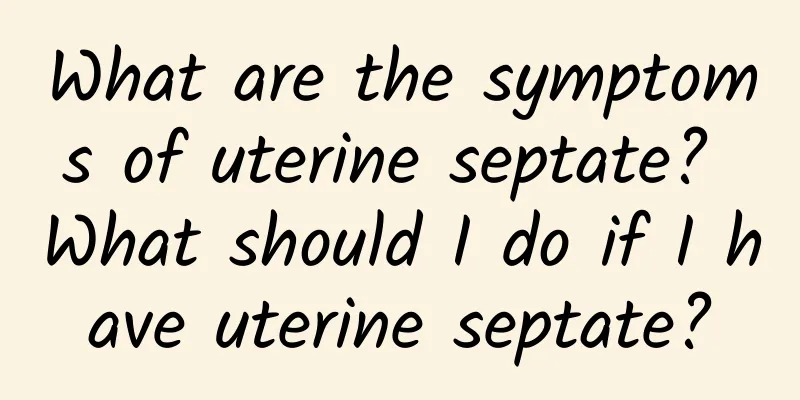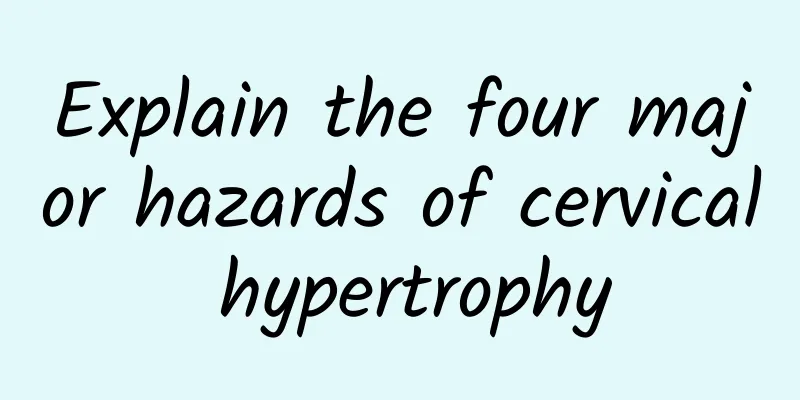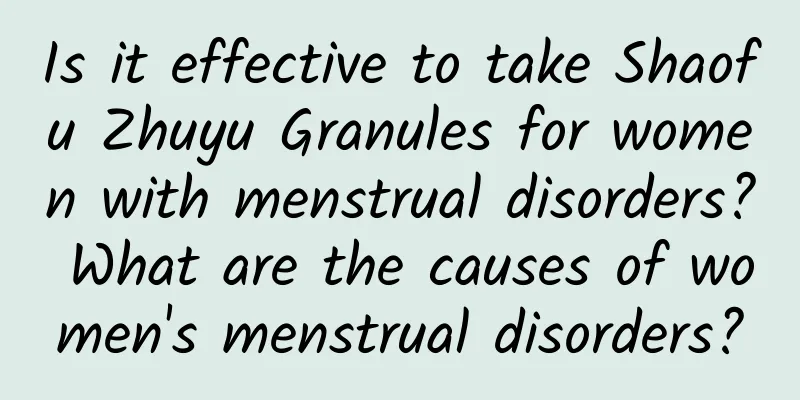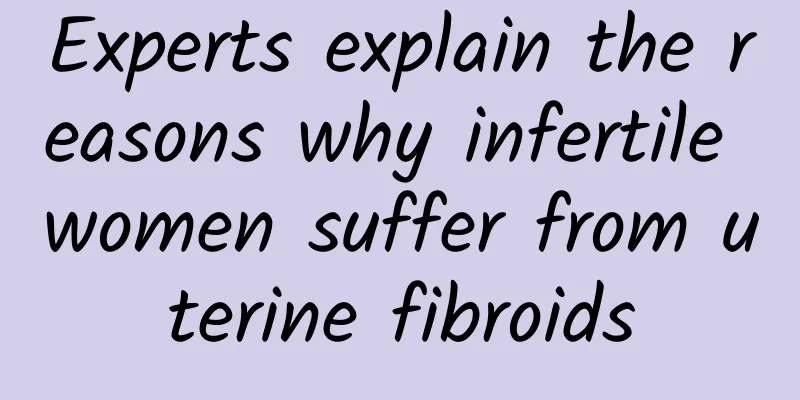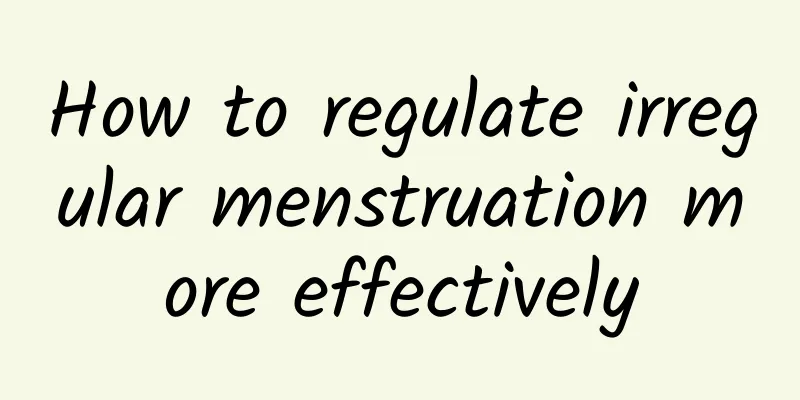Which part of the body is more effective for moxibustion of uterine fibroids?

|
Different types of uterine fibroids require different moxibustion points. For qi stagnation and blood stasis type, moxibustion can be applied to Hegu, Taichong, Zusanli, Zhongji and other acupoints; for blood stasis type, moxibustion can be applied to Zhongwan, Shenque, Guanyuan, Mingmen and other acupoints; for spleen deficiency and blood stasis type, moxibustion can be applied to Qihai, Zusanli and other acupoints. Uterine fibroids are a relatively common gynecological disease. Traditional Chinese medicine divides this disease into three types: qi stagnation and blood stasis, blood stasis, and spleen deficiency and blood stasis. Symptomatic treatment can achieve good results. Moxibustion can promote blood circulation, reduce swelling and disperse nodules. Choosing appropriate acupoints for moxibustion can also relieve uterine fibroids. So which part of the uterine fibroid is more effective for moxibustion? |
<<: What are the ultrasound sonographic manifestations of uterine fibroids?
>>: How to perform surgery for uterine fibroids? There are two situations
Recommend
What are the symptoms of hypothalamic amenorrhea?
Hypothalamic amenorrhea is the most common type o...
What are the methods to prevent ectopic pregnancy?
Experts say that ectopic pregnancy is a relativel...
Relaxation of food radiation limit: Consumers' Foundation urges Department of Health to clarify
In response to the revised draft of the "Saf...
It is the culprit of constipation and obesity! Press 3 major acupoints to reduce body fat! Peng Wenya: Drinking "this tea" is great for fat loss
Middle-aged obesity is not a blessing! Some peopl...
Abnormal leucorrhea cannot be treated with water bag
It is not advisable to use a water bag when the l...
Causes of dysfunctional uterine bleeding
The incidence of some diseases in women is increa...
What causes premature ovarian failure?
What causes premature ovarian failure? Genetics, ...
What is the cause of vulvar leukoplakia
What is the cause of vulvar leukoplakia? Expert i...
Experts teach you how to nourish your body after an abortion
Many people may be familiar with artificial abort...
What to do if you have severe cervical erosion?
What to do if you have severe cervical erosion? C...
Experts analyze the common causes of acute cervicitis
Although cervicitis is very common, many people d...
What are the symptoms of adenomyosis?
What are the symptoms of adenomyosis? Many people...
Why am I bleeding again half a month after my period?
Why am I bleeding again half a month after my per...
Scientific Diagnosis Methods of Bacterial Vaginosis
Bacterial vaginosis (BV) is a sexually transmitte...
What is a solitary uterine fibroid with calcification? What does a solitary uterine fibroid mean?
What is single uterine fibroid with calcification...
